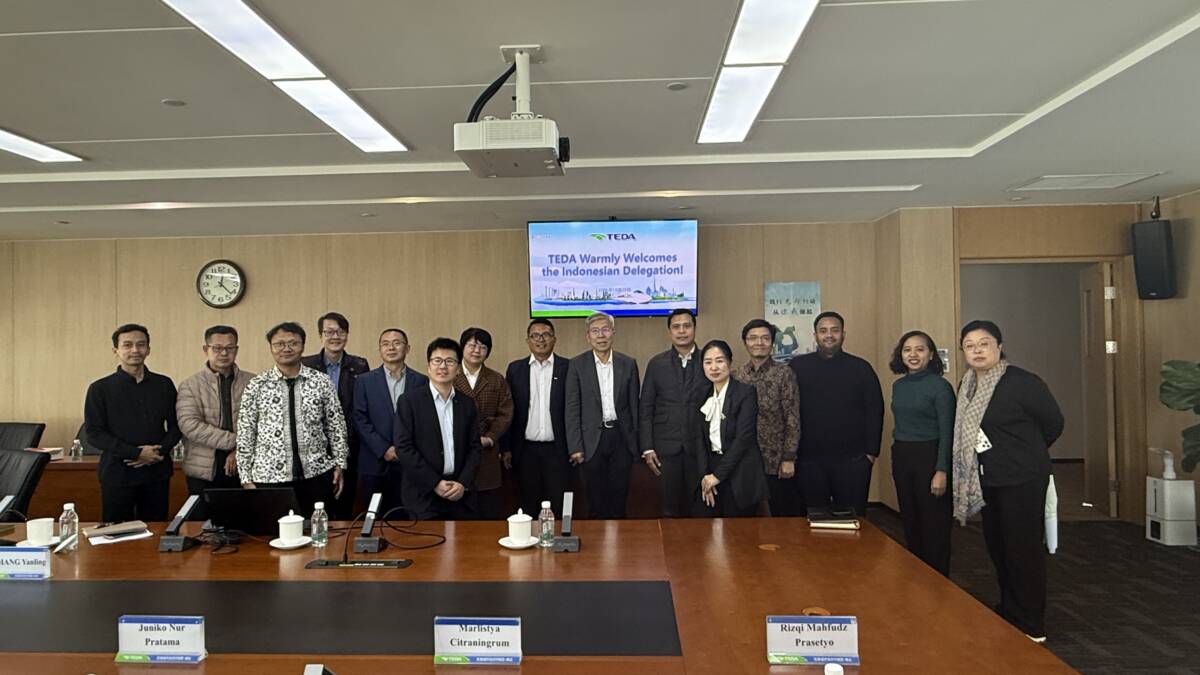
Beijing – Tianjin Synergy for China’s Industrial Modernization
Beijing – Tianjin, October 29, 2025 – The Indonesian delegation, consisting of representatives from the Indonesian Industrial Estate Association (HKI), the ... Read more.

Carbon Market Mechanisms to Support Indonesia’s Energy Transition
Jakarta, October 31, 2025 – Indonesia launched a carbon exchange in 2023 and conducted early-stage carbon trading trials from 2023 to 2025. The initial ph... Read more.
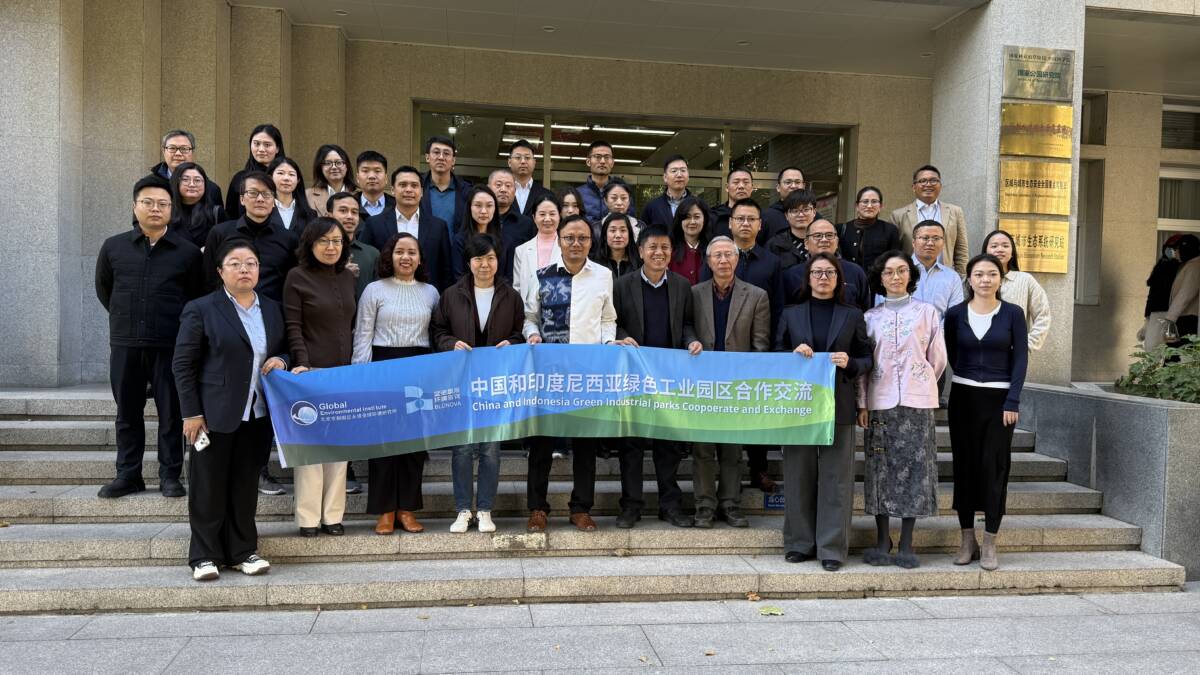
Learning from China: Accelerating the Green Transformation of Indonesia’s Industrial Parks
Beijing, October 27, 2025 – In an effort to strengthen the direction of industrial transformation toward sustainability, an Indonesian delegation comprising r... Read more.
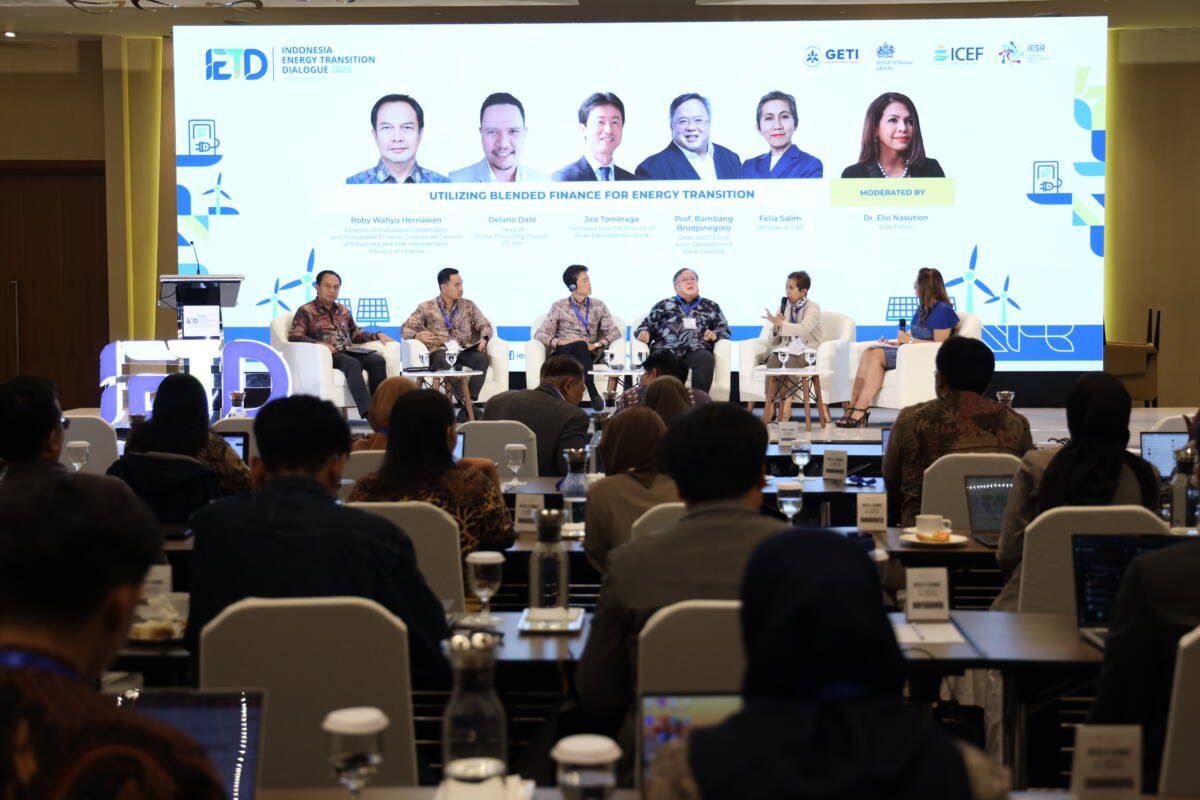
Paving the Way for Energy Transition Financing
Jakarta, October 30, 2025 – The energy transition is not only about technology, but more about policy design and financial instruments. Bobby Wahyu Hernaw... Read more.
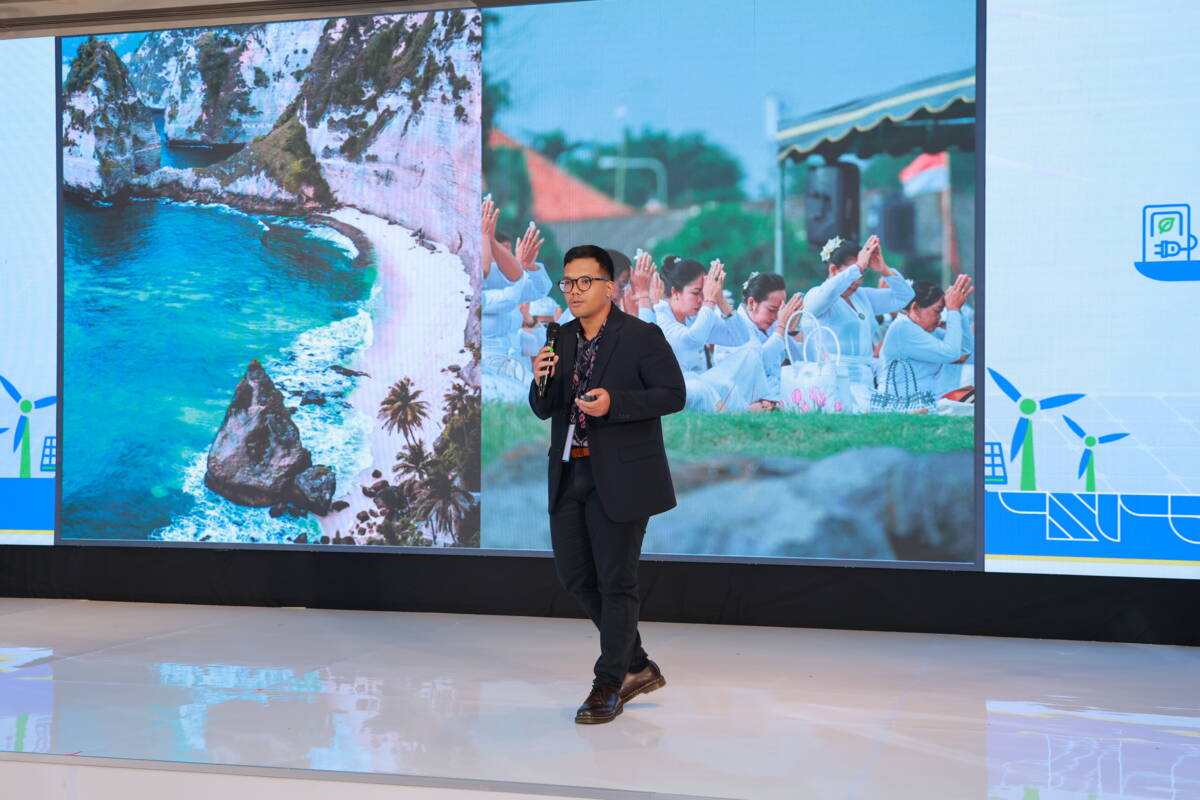
Making Bali a Model Renewable Energy Island
Jakarta, October 29, 2025 – Bali has long been a tourist icon. Beyond its natural charm, Bali has also played a role in climate action by serving as a stage&h... Read more.
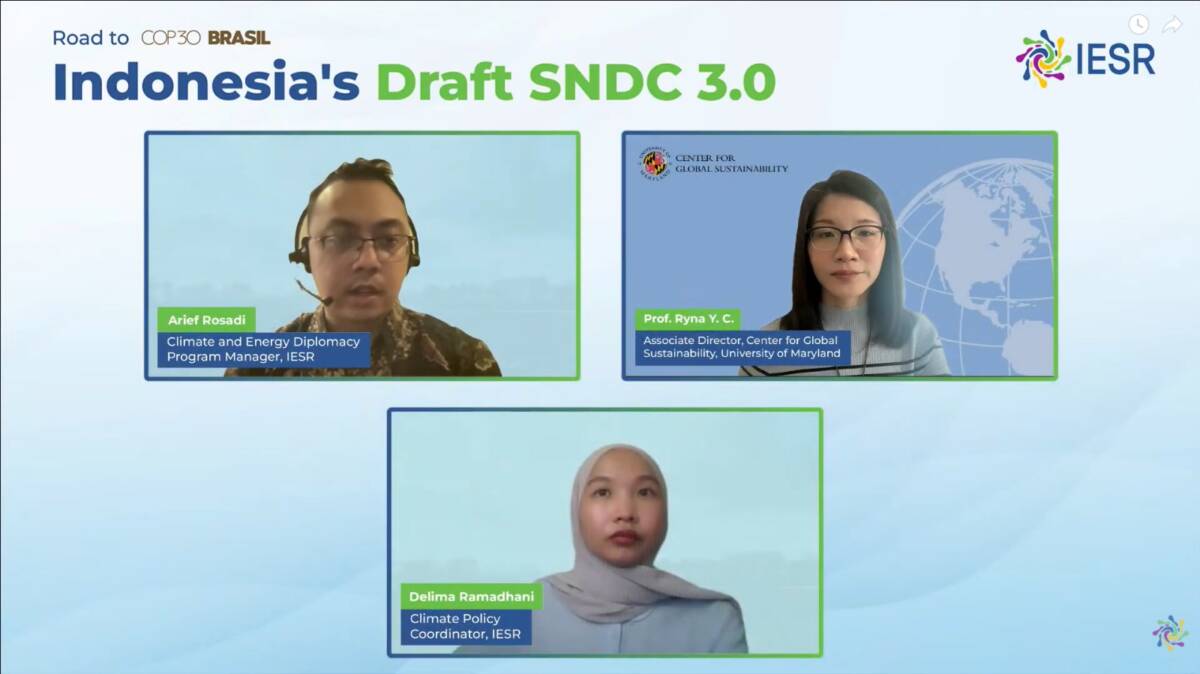
Three Reasons Indonesia’s SNDC Must Be Ambitious
Jakarta, October 22, 2025 – As the Conference of Parties (COP) 30 approaches, 99 signatories to the Paris Agreement have submitted Nationally Determined C... Read more.
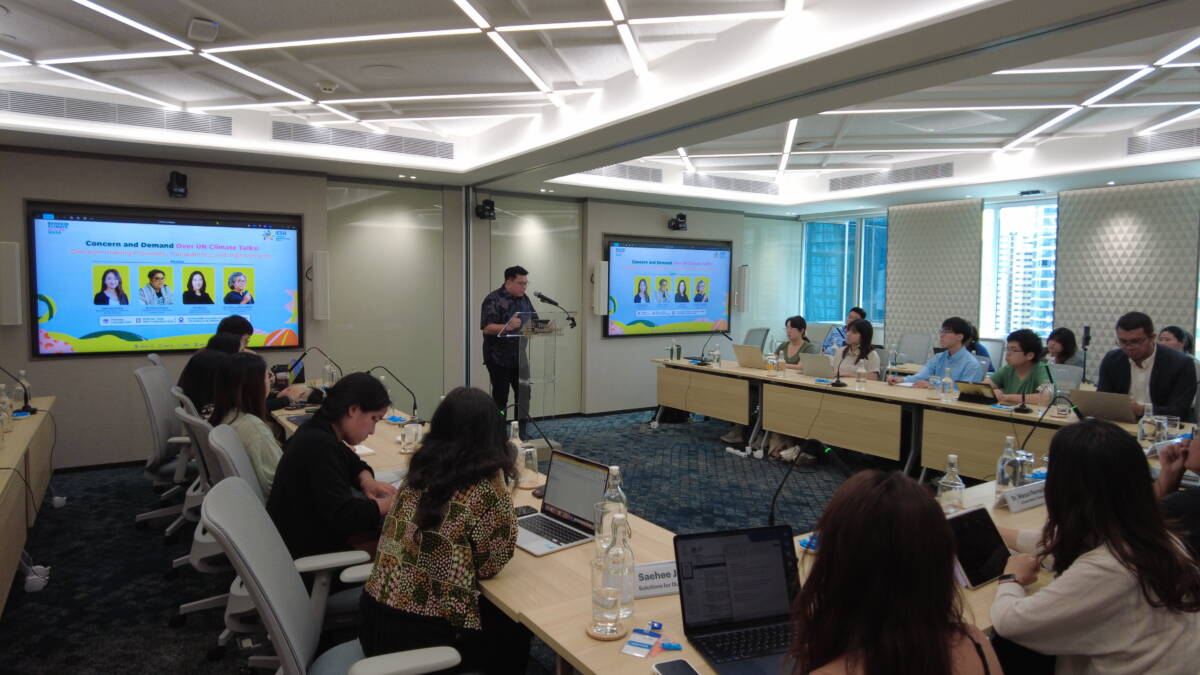
Civil Society Voices to Enhance the Legitimacy of UN Dialogue
Bangkok, October 2, 2025 – The UNFCCC has established the Conference of the Parties (COP) as a forum for global climate negotiations, incorporating the concer... Read more.
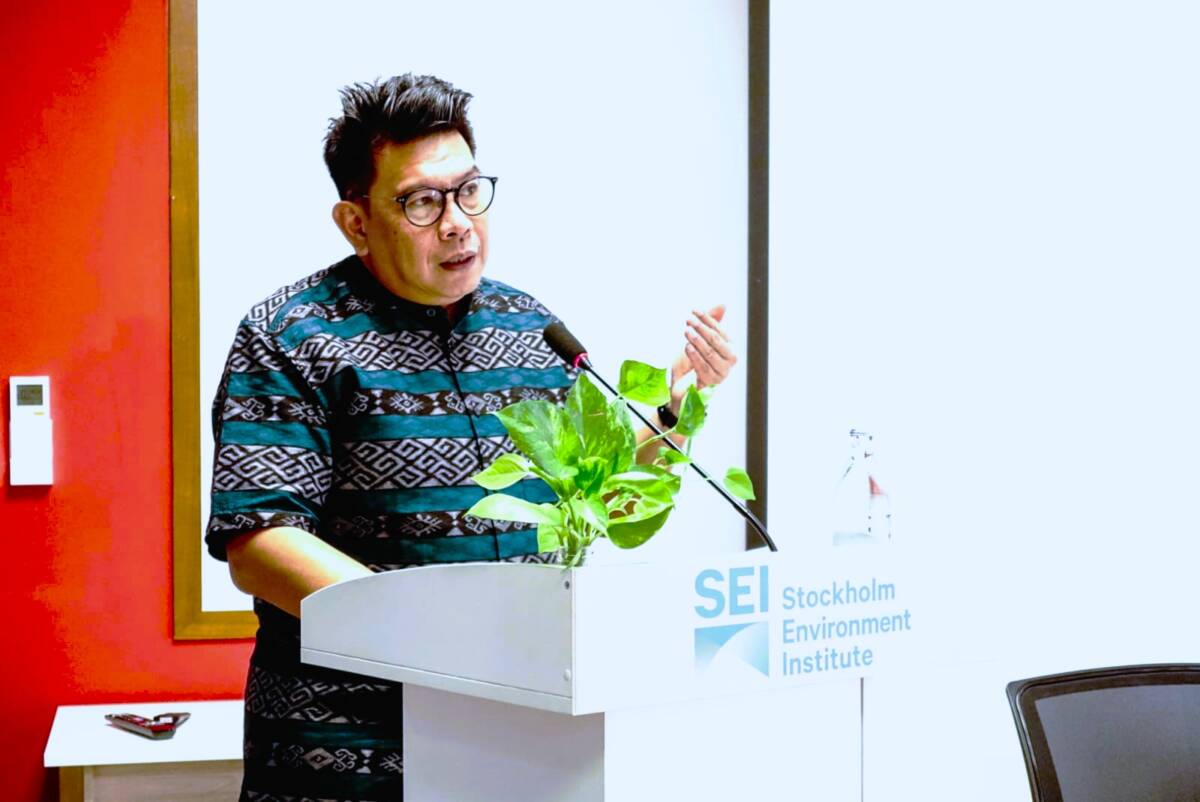
Promoting Stronger Climate Ambition in Southeast Asia
Bangkok, October 1, 2025 – Southeast Asia is one of the region’s most vulnerable to the impacts of the climate crisis due to rising global temperatures.... Read more.

Southeast Asia Needs to Become a Renewable Energy Manufacturing Hub
Kuala Lumpur, September 17, 2025 – Southeast Asia is a region vulnerable to the impacts of the climate crisis. Ten ASEAN member countries have made commitment... Read more.
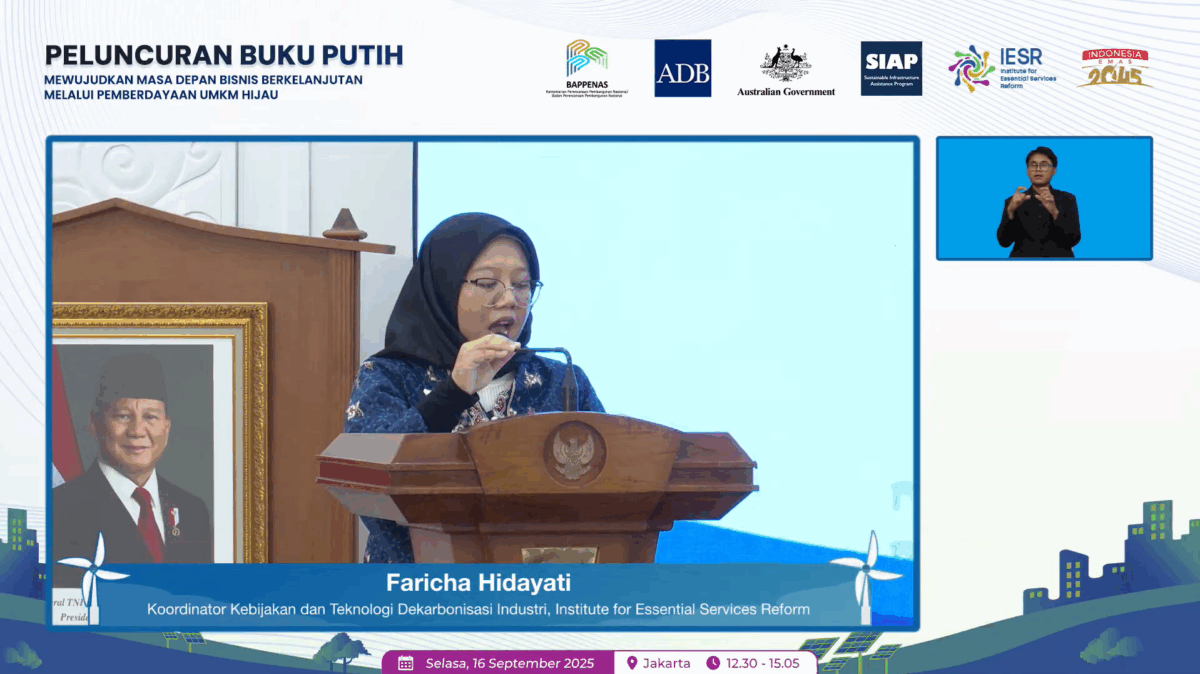
Towards Green and Low-Carbon MSMEs
Jakarta, September 16, 2025 – Micro, Small, and Medium Enterprises (MSMEs) are the backbone of the Indonesian economy, contributing more than 60% to Gross Dom... Read more.
